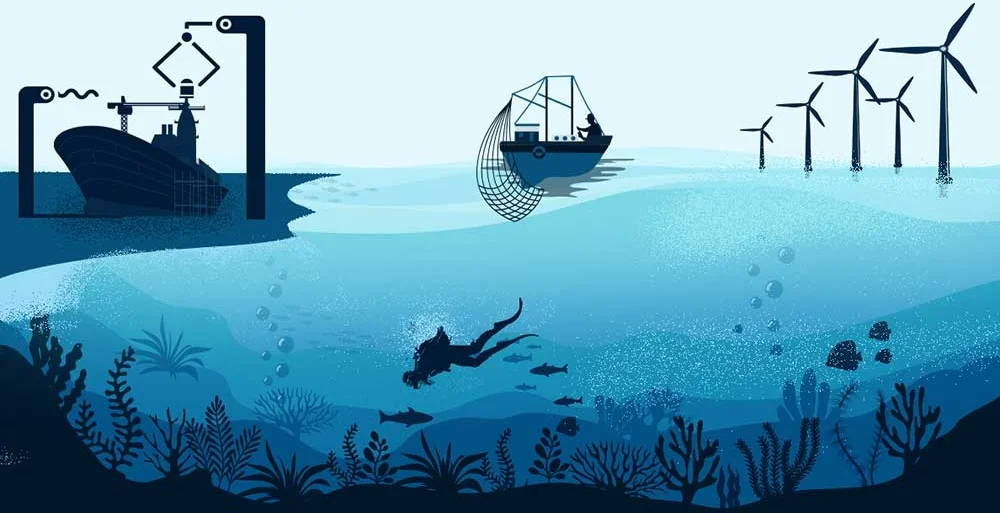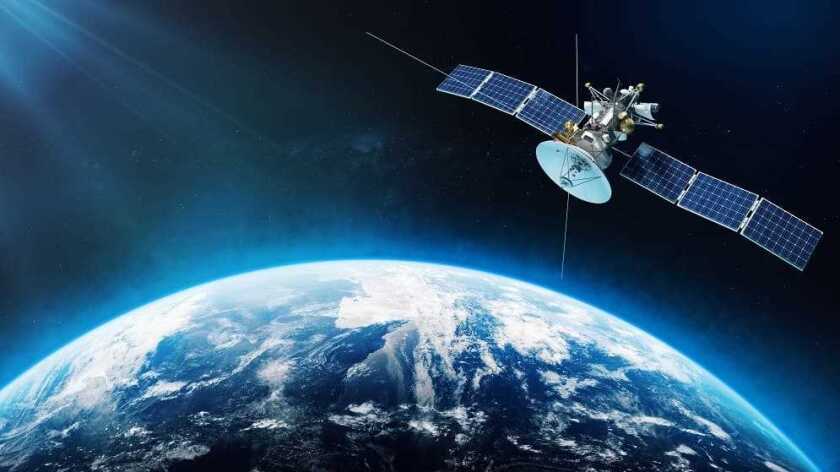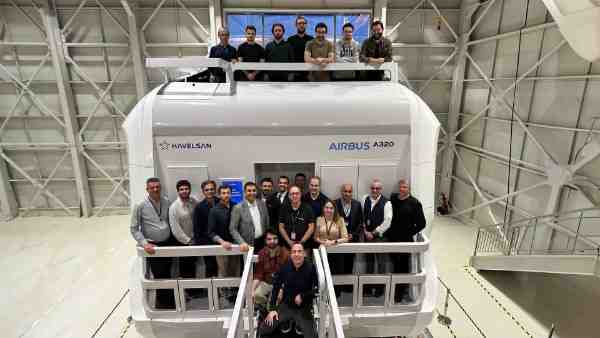The 21st century is increasingly being recognized as the era of the Blue Economy and Ocean Civilization. As economic globalization propels the shift from land-based industries to ocean-related activities, the concept of the Blue Economy, also referred to as “blue growth,” has gained prominence in economic and business discourse. The primary goal of the Blue Economy is to effectively manage, sustain, develop, and protect the limited marine and coastal resources within a nation.
The economic progress of any nation is significantly influenced by its access to sea resources, and countries with coastlines enjoy a strategic advantage over those. Recognizing the importance of maritime assets, each coastal state strives to maximize the utilization of its marine resources. Unfortunately, despite its direct access to the sea, Pakistan has not fully capitalized on its maritime potential, primarily due to a lack of maritime awareness.
According to economic experts, the effective utilization of blue resources has the potential to generate over a million jobs in Pakistan. The maritime sector holds significant importance in Pakistan’s national economic and military strength, with 95% of its trade conducted through the sea. Utilizing the open sea allows for unhindered trade and access to countries worldwide. Pakistan must take decisive and comprehensive actions to enhance maritime awareness within the nation. Given that a substantial portion of its trade happens via the sea, Pakistan needs to focus on tapping into its maritime potential to meet future demands. As a developing nation, Pakistan should prioritize the maritime sector to ensure substantial economic benefits. Maritime power encompasses defense aspects and includes ports, harbors, merchant ships, and the associated infrastructure.
Pakistan is endowed with abundant and valuable natural resources, boasting the world’s second-highest peak along with rivers, lakes, oceans, and other rare assets. The country benefits from a vast coastline, natural harbors, blue resources, and a highly skilled workforce. Pakistan holds a strategic advantage by facilitating inland transit trade for Afghanistan, Central Asian nations, and other countries. In the initial stages of its blue economic development, Pakistan possesses immense potential. While the global blue economy is estimated to be worth $24 trillion, the current global benefits amount to only $5-600 billion. In South Asia, countries like India and Bangladesh annually earn billions from the blue economy, whereas Pakistan’s annual revenue stands at just $450 million. The actual potential of Pakistan’s blue economy is estimated to exceed $100 billion.
With a coastline stretching approximately 1,050 km along the Makran coast, Pakistan ranks 74th out of 142 coastal countries in terms of having the longest coastline. The coast-to-area ratio of Pakistan is 1:36. Leveraging its extended coastline, marine resources, harbors, sea trade, and maritime professionals, Pakistan has the potential for substantial development in the maritime sector. This sector is deemed vital to the nation’s economy, as nearly 95% of its trade and the entirety of its minerals and resources are imported through the sea route. If on the one hand, the blue economy is a blessing and opportunity for Pakistan then on the other hand there are certain challenges that are the key reasons behind a blue economy is a missing priority in Pakistan’s foreign policy. Some significant challenges are the following.
Table of Contents
ToggleChallenges to the Blue Economy of Pakistan
1. National identity perception of the country as a continental state
One significant challenge facing Pakistan’s Blue Economy is rooted in the prevailing national identity perception of the country as a continental state. The conventional narrative, influenced by historical considerations during the partition from British India, perceives Pakistan primarily as a land-centric entity. This perspective hinders the acknowledgment of seas as vital physical spaces integral to territorialism. There is a need for Pakistan to challenge this outdated interpretation and recognize its maritime potential. Despite having coastlines, the persistence of the continental state mindset poses hurdles to maritime development. Overcoming this challenge requires a shift in focus from land-centric views to a more holistic understanding that incorporates maritime relations, environmental protection, and the broader significance of the Indian Ocean. Pakistan needs to explore diverse aspects such as tourism, beyond traditional fisheries, to unlock the full potential of its maritime sector.
2. Lack of Maritime Awareness
Another significant challenge in Pakistan’s Blue Economy development stems from a lack of maritime awareness. Unlike countries such as India, Japan, and Singapore, Pakistan lacks a well-defined maritime identity and tradition. Pakistan’s separation from Bangladesh after the 1971 war has diminished the emphasis on their shared maritime heritage. The country’s current focus on regional territorial issues, like the Kashmir dispute and Balochistan separatist movements, takes precedence in its foreign and national policies. In contrast, nations like Japan and China have actively built maritime identities to enhance their strategic orientations. Japan, for instance, traces its maritime heritage through historical connections with Southeast Asia and India. In the case of Pakistan, the absence of a maritime identity in its national policy framework has led to a predominant security-centric paradigm, overshadowing the potential economic benefits and trade relations that a robust maritime focus could bring. This lack of emphasis on maritime awareness poses a considerable challenge to Pakistan’s comprehensive development in the Blue Economy.
3. Insufficient Maritime Related Industries
A significant challenge facing Pakistan’s Blue Economy is the underutilization of its maritime resources in industrialization, resulting in missed opportunities for substantial socio-economic development. Particularly, the Shipbuilding sector remains underdeveloped, holding the potential to drive various other industries. Weak port and harbor infrastructure, a subpar shipbuilding sector, environmental issues in waters, limited fishing capacity, absence of coastal tourism, and an underexplored Makran coastal region contribute to this underutilization. Recognizing the sea as a global interacting medium, the decline in the national merchant fleet has adversely impacted the shipbuilding industry, considered a key element of maritime strength.
4. Inadequate Emphasis on Geo-Economics
Another challenge for Pakistan’s Blue Economy lies in the insufficient attention to geo-economics and maritime resources. Traditionally, Pakistan’s foreign policy has been centered on two dimensions: economic development and security, intertwined to ensure a modernized military for defense. However, Western perspectives often label Pakistan’s pursuit of national interests as a “double game,” contrasting with the acceptance of similar strategies by developed nations as pragmatism. Currently, Pakistan is intensely focused on its economic and diplomatic ties with China on the international stage.
Despite possessing abundant maritime economic resources, such as seafood, Pakistan’s concentration on this sector remains low. Seafood consumption is limited domestically, with a notable export to China through the Gwadar project. However, challenges persist, including restricted access for local fishermen near the Gwadar port, dominated by large Chinese and foreign companies. The lack of proper attention to geo-economics and marine resources hinders the exploration of alternative strategies and economic projects, limiting potential markets in Central Asian Republics (CARs) and Europe for Pakistan’s seafood industry.
5. Environmental Laws and Regulation Implementation Issues
A significant challenge in Pakistan’s foreign policy and Blue Economy development is the delicate balance between presenting Gwadar port as sustainable in collaboration with China while ensuring China maximizes its economic benefits from the China-Pakistan Economic Corridor (CPEC) and Gwadar Port project. China’s lending to Pakistan is rooted in mutual economic advantages, with the potential for increased Foreign Direct Investment if China profits substantially. China, being a massive market, influences Gwadar port and its surrounding waters as part of the deal. While China capitalizes on maritime resources, particularly seafood, due to high consumption levels compared to Pakistan, concerns about environmental sustainability arise. The absence of stringent environmental laws in Pakistan makes it an attractive destination for China. From a foreign policy perspective, Pakistan seeks to leverage Chinese investment, initially committed at $64 billion, with the potential for further growth. However, Pakistan’s heavy reliance on China, both politically and economically, raises concerns about potential exploitation.
Pakistan needs to develop strong and stable diplomatic relations with other maritime states to diversify its support network. Additionally, he suggests that sustainability in foreign policy should encompass discussions on climate change and its impacts, advocating for the implementation of maritime environmental policies similar to those in Australia, such as seasonal fishing bans to protect breeding seasons and restrictions on certain waters.
6. Media Unawareness of Maritime Issues
A notable challenge to Pakistan’s Blue Economy lies in the lack of media sensitivity, which tends to focus extensively on internal conflicts and territorial confrontations with India and Afghanistan. Despite internal issues such as inter-provincial disharmony, political instability, and economic challenges, the media predominantly emphasizes conflicts rather than showcasing the positive aspects of Pakistan’s maritime resources, essential for building a maritime identity. Media coverage tends to sensationalize certain aspects, shaping perceptions that may not necessarily reflect the reality of a nation’s situation. To alter this narrative and project a more positive image, Pakistan should proactively highlight its cultural and social aspects, emphasizing its amicable relations with China and contributions to the region in terms of human rights and humanitarian aid. Shifting the media’s focus towards the strengths of Pakistan’s maritime industry and fostering blue diplomacy with neighboring nations can contribute to building a more positive maritime identity.
However, Pakistan’s media currently lacks proper coverage and contribution to the promotion of maritime activities and initiatives, including tourism, maintaining an inward approach rather than adopting an outward strategy. This media insensitivity poses a significant challenge to fully realizing the potential of Pakistan’s Blue Economy.
Gwadar Port and Blue Diplomacy Prospect
Gwadar Port, integral to the China-Pakistan Economic Corridor (CPEC), stands as a transformative force for Pakistan’s economy and regional influence. Positioned strategically near major shipping lanes and the Persian Gulf, Gwadar serves as a vital trade and transshipment hub. Linked to CPEC, it connects to China’s Kashgar, creating a direct route to the Arabian Sea. Beyond its role in trade, Gwadar Port has become a catalyst for Pakistan’s maritime identity and diplomatic ties. By fostering stable relations with global maritime players, Pakistan aims to be a significant participant in the maritime sector. Gwadar’s development aligns with this goal, providing opportunities to leverage maritime resources and build diplomatic ties with neighboring nations and those in the Indian Ocean rim and Africa.
The economic potential extends to the blue economy, encompassing marine resources like fish stocks and sea turtles, offering access to international maritime markets. Gwadar, with China’s involvement, opens avenues for alternative trade corridors beyond the Belt and Road Initiative, connecting landlocked Central Asian countries to global markets via the Indian Ocean. To harness Gwadar’s potential fully, comprehensive strategies are needed, including policies for sustainable practices, environmental considerations, and maritime regulations. Pakistan’s leaders must strategically assert the stability of markets for its maritime resources, ensuring Gwadar’s effective utilization as a gateway to the Arabian Sea and global opportunities.
In a nutshell, the coastal regions of Pakistan have a rich history deeply intertwined with the ocean. Over the ages, local economies have relied on the ocean for sustenance and engaged in seafaring and trade along maritime routes. However, Pakistan has historically given minimal attention to enhancing its maritime assets since its inception. This lack of focus can be attributed to a lack of awareness among the political elite, intellectuals, and the general population regarding the potential benefits that can be derived from ocean resource extraction and the advancement of the maritime sector. Pakistan has fallen behind in intra-regional and inter-regional connectivity, particularly in shipbuilding and the shipping sector. To fully harness the benefits of maritime resources, Pakistan must prioritize maritime prosperity as a fundamental element of its overall development plan. Additionally, cultivating a maritime culture that promotes awareness is essential for the nation’s maritime sector to thrive.

Mahnoor Inayat
Mahnoor Inayat is currently pursuing bachelor’s degree in international relations from NUML, Islamabad. Her area of keen interest includes Foreign Policy of Pakistan Analysis, Domestic and Global Politics, Current Affairs, Non-Traditional Security Challenges especially regarding Climate Change, Geopolitics of South Asia, and Middle East Politics.













